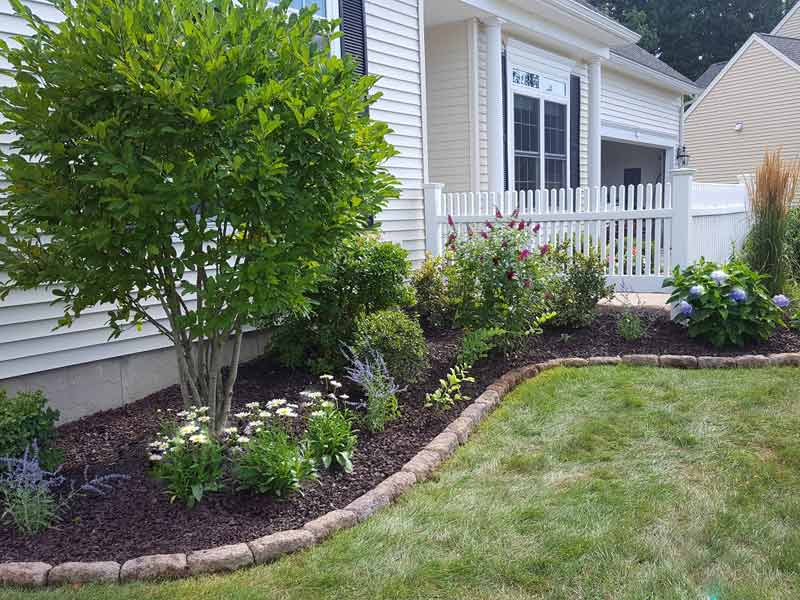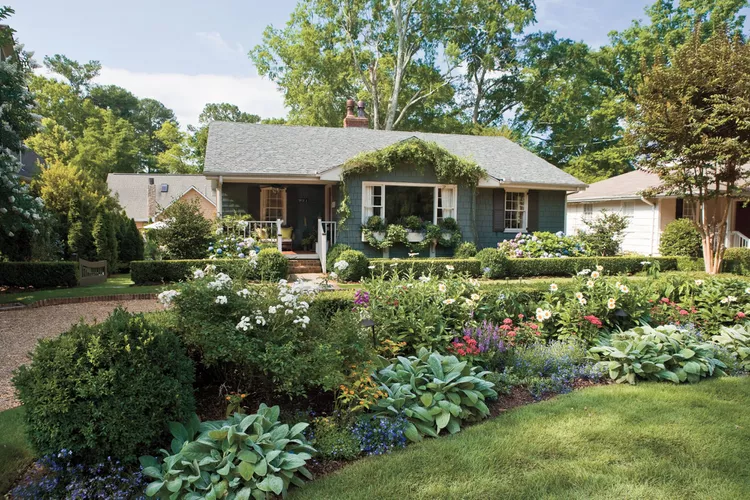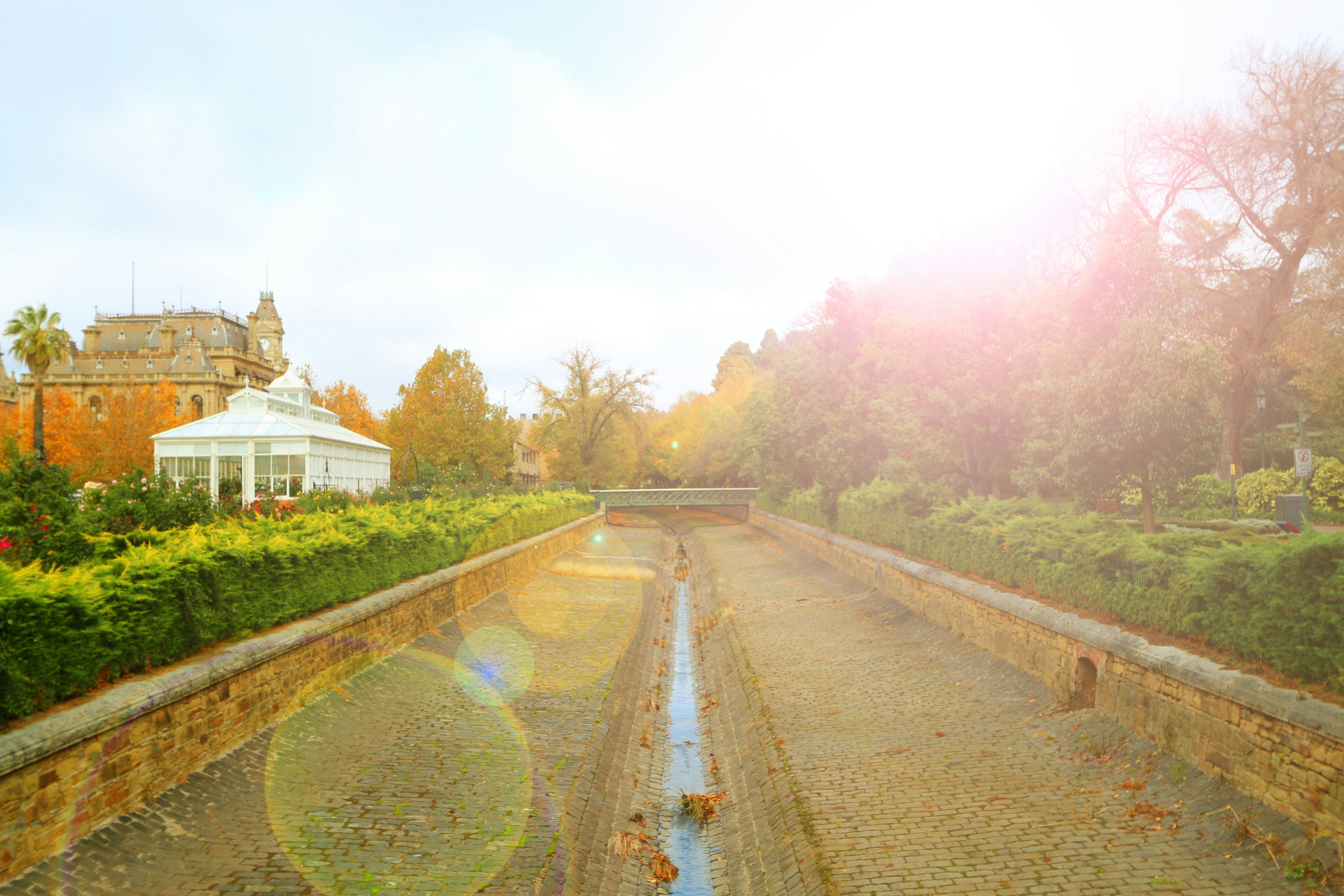
How French Drains Can Protect Your Landscape and Home from Standing Water Problems
French Drains Protect Your Landscape and Home from Standing Water Problems
Standing water in your yard can be more than just a nuisance. It can damage your landscape, lead to serious foundation issues, and create a breeding ground for pests like mosquitoes. One effective solution to manage this problem is the installation of a French drain system. In this blog post, we'll explore how French drains work, why they're beneficial, and how they can protect your property from water damage.
What is a French Drain?
A French drain is a slightly sloped trench filled with gravel or rock that contains a perforated pipe, which redirects surface water and groundwater away from your home. The design is simple yet effective, facilitating easy drainage of excess water through the pipe and away from critical areas.
Benefits of Installing a French Drain
1. Prevents Water Accumulation
French drains provide a clear path for water to flow, which helps prevent the accumulation of surface water. This is particularly crucial in areas that experience heavy rainfall or have naturally soggy soil.
2. Reduces Soil Erosion
By managing how water flows through your property, French drains help prevent soil erosion. This protection is vital for maintaining the integrity of your garden and landscape features.
3. Protects the Foundation
Water accumulation near your home’s foundation can lead to severe structural damage over time. French drains help keep the area dry, thus protecting the foundation from potential water damage.
4. Prevents Overwatering of Plants
Excessive water can drown plants, inhibit their growth, or even lead to plant diseases. By removing excess water, French drains help ensure that your garden maintains the proper moisture levels.
How Does a French Drain Work?
The process is straightforward:
- Digging the Trench: The trench for a French drain should be dug linearly from the area with standing water toward an area where water can be safely redirected.
- Adding Gravel and Pipe: After digging the trench, it is filled with gravel. A perforated pipe is then placed on top of the gravel. More gravel is then added over the pipe to filter out debris and prevent clogging.
- Covering with Soil: The trench is covered with soil, making it barely noticeable but highly functional.
Placement and Considerations
When planning a French drain, consider the following:
- Location of Water Accumulation: Identify where water tends to accumulate in your yard.
- Slope and Direction: Ensure the trench slopes away from your home, guiding the water to a suitable drainage area.
- Local Regulations: Check with your local building authority for any regulations regarding water drainage in your area.
DIY or Professional Installation?
While installing a French drain can be a DIY project, it involves meticulous planning and physical labor. For those not experienced in landscape work, hiring a professional might be a better choice. Professionals can ensure that the drain is properly designed and installed, providing long-term reliability.
Conclusion
A well-installed French drain system offers a simple and effective solution for managing excess water. Not only does it protect your landscape and foundation from water damage, but it also helps maintain the ecological balance of your garden. Whether you're facing minor water puddles or major flooding, consider a French drain as a viable solution to protect your home and landscape.
By implementing such a system, homeowners can significantly mitigate the risks associated with standing water, ensuring that their property remains dry, stable, and beautiful throughout the year. For more tips on home maintenance and landscaping solutions, keep following our blog!
If you're interested in learning more about how to protect your home from water damage or need professional advice on installing a French drain system, feel free to reach out to us!















